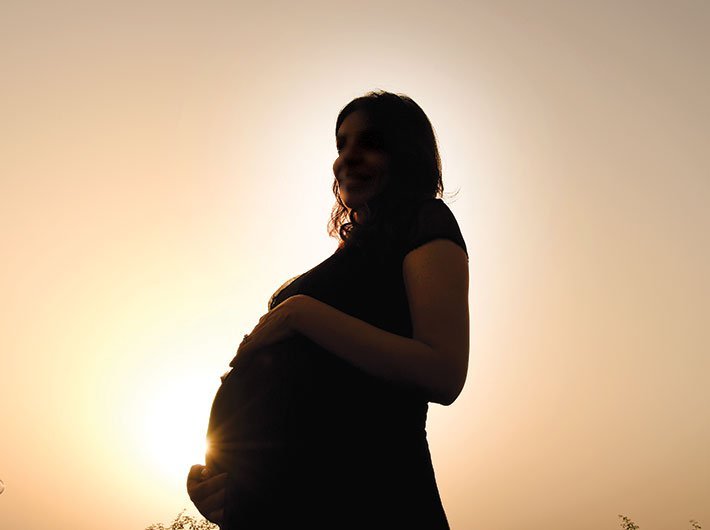The Incidence of Abortion and Unintended Pregnancy in Six Indian States report reveals that majority of unintended pregnancies end in abortion
Unsafe abortion is the third leading cause of maternal mortality in India, and around eight women die from causes related to unsafe abortion each day, according to a report by the Guttmacher Institute, International Institute of Population Sciences and Population Council. The report, The Incidence of Abortion and Unintended Pregnancy in Six Indian States: Findings and Implications for Policy and Programs, summarises 2015 state-level findings from a large-scale study of six states: Assam, Bihar, Gujarat, Madhya Pradesh, Uttar Pradesh and Tamil Nadu. It estimates the incidence of abortions occurring in facility and non-facility settings and provides in-depth information on the characteristics of abortion-related services (induced abortion and post-abortion care) provided by public- and private-sector facilities. The report also uses abortion incidence data to estimate the levels of unintended pregnancy.
Using 2015 data, the report estimates the annual incidence of abortion in the six states, which range from 5,80,000 in Assam to 31,52,000 in Uttar Pradesh. While absolute numbers reflect population size, among other factors, the abortion rate—abortions per 1,000 women aged 15–49—allows comparison of abortion incidence across states, removing the effect of population size.
The midpoint abortion rate is lowest in Tamil Nadu (32.8 percent) and highest in Assam (66.2 percent), and the other four states have rates within this range: Gujarat (47.6 percent), Bihar (49.4 percent), Madhya Pradesh (57.3 percent) and Uttar Pradesh (61.1 percent).
Representing the underestimates of facility-based provision, only a minority of the abortions occurring annually in each state is provided in health facilities; these proportions range from about 11 percent in Uttar Pradesh to 32 percent in Tamil Nadu.
The majority of abortions in the six states (from 63 percent in Tamil Nadu to 83 percent in Uttar Pradesh) uses Medical Methods of Abortion (MMA) and takes place in settings other than health facilities. Bihar, Gujarat and Uttar Pradesh account for four out of five non-facility MMA.
The report also reveals that in five of the six study states, the majority of facilities that provide induced abortion are in the private sector. In these states, more than three-quarters of facilities that provide abortion are private and just 12–23 percent are public. Assam is the only state included in the study where the majority of abortion-providing facilities is public (55 percent).
The report also reveals that the provision of abortion in public facilities is especially low at primary health centres (PHCs), where large proportions of rural and poor women obtain their health care. As per the data in the report, the PHCs providing abortion in public facilities are only 8 percent in Assam, 5 percent in Bihar, 9 percent in Gujarat, 14 percent in Madhya Pradesh, 3 percent in Tamil Nadu and 4 percent in Uttar Pradesh.
The major reasons cited for not providing abortion among public and private facilities that offer post-abortion care but not abortion are lack of trained staff or providers and lack of equipment or supplies.
The report states that in all the six states, almost half of the pregnancies are unintended and the majority of unintended pregnancies end in abortion. As per 2015 data, 55 percent of pregnancies in Assam were unintended out of which 41 percent resulted in abortion. In Bihar this was recorded to be 48 percent and 27 percent resulted in abortion. In Gujarat this percentage went up to 52 out of which 33 were aborted, 49 percent of unintended pregnancies were recorded in Madhya Pradesh out of which 32 percent abortions were done. In Tamil Nadu this was recorded to be 43 percent out of which 32 percent were aborted and in Uttar Pradesh the percentage was recorded to be 49 out of which 31 were aborted.


